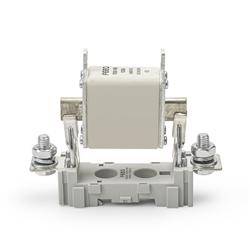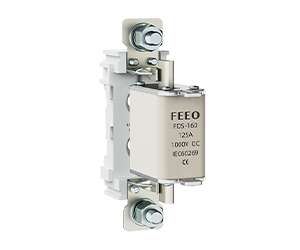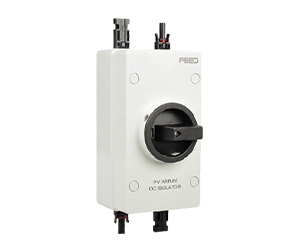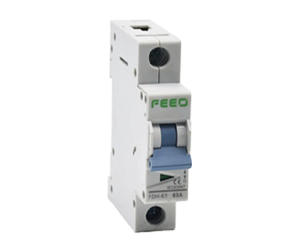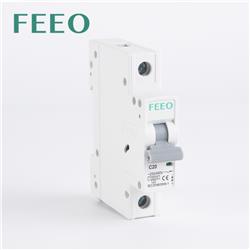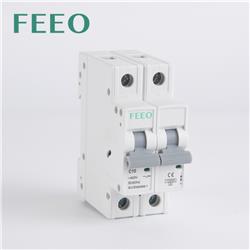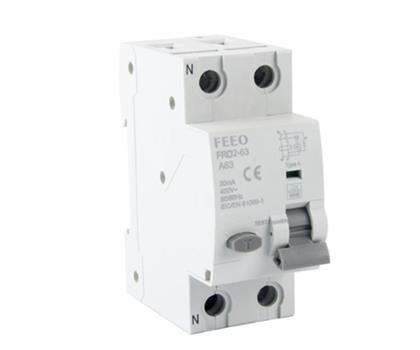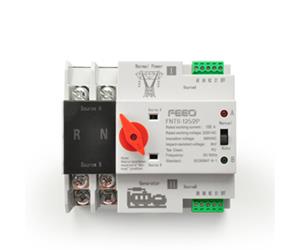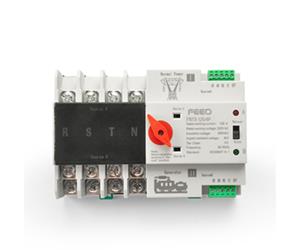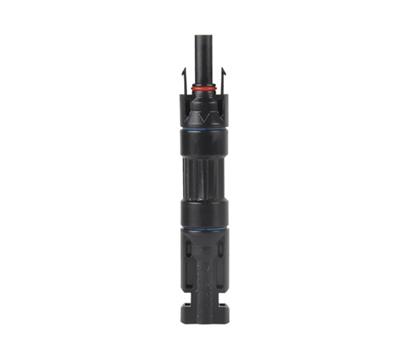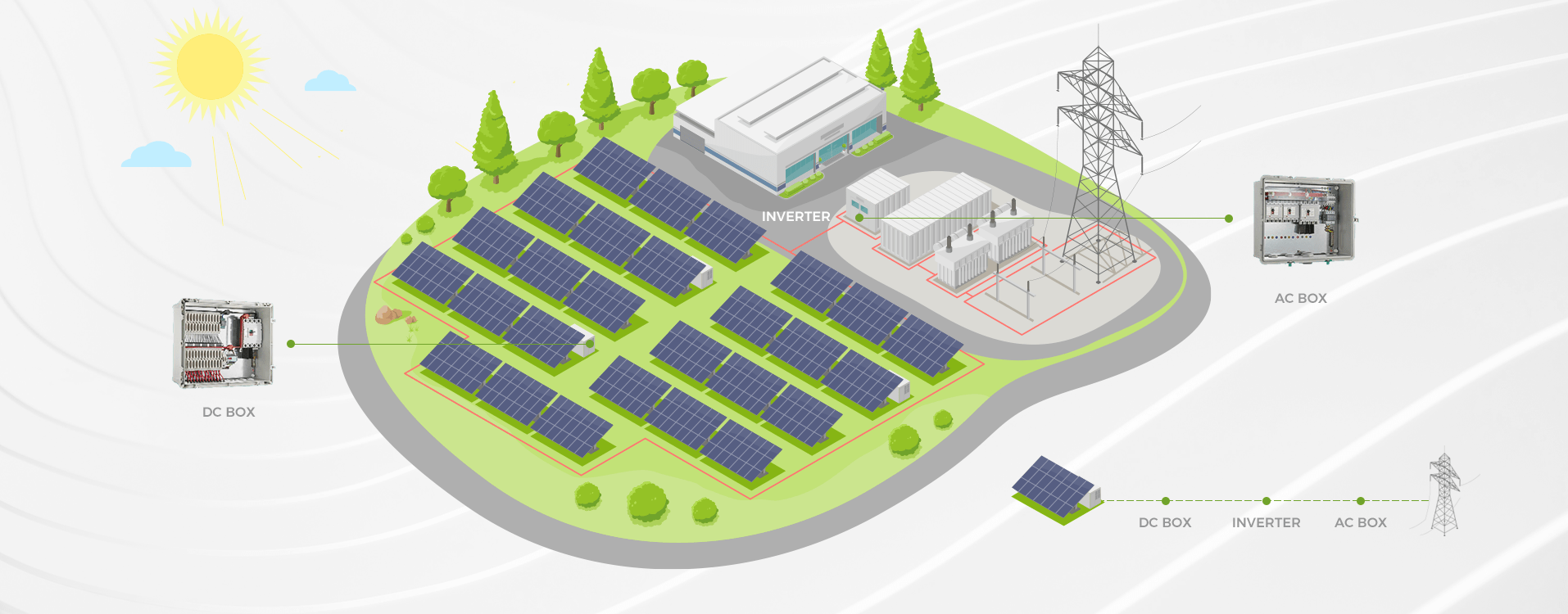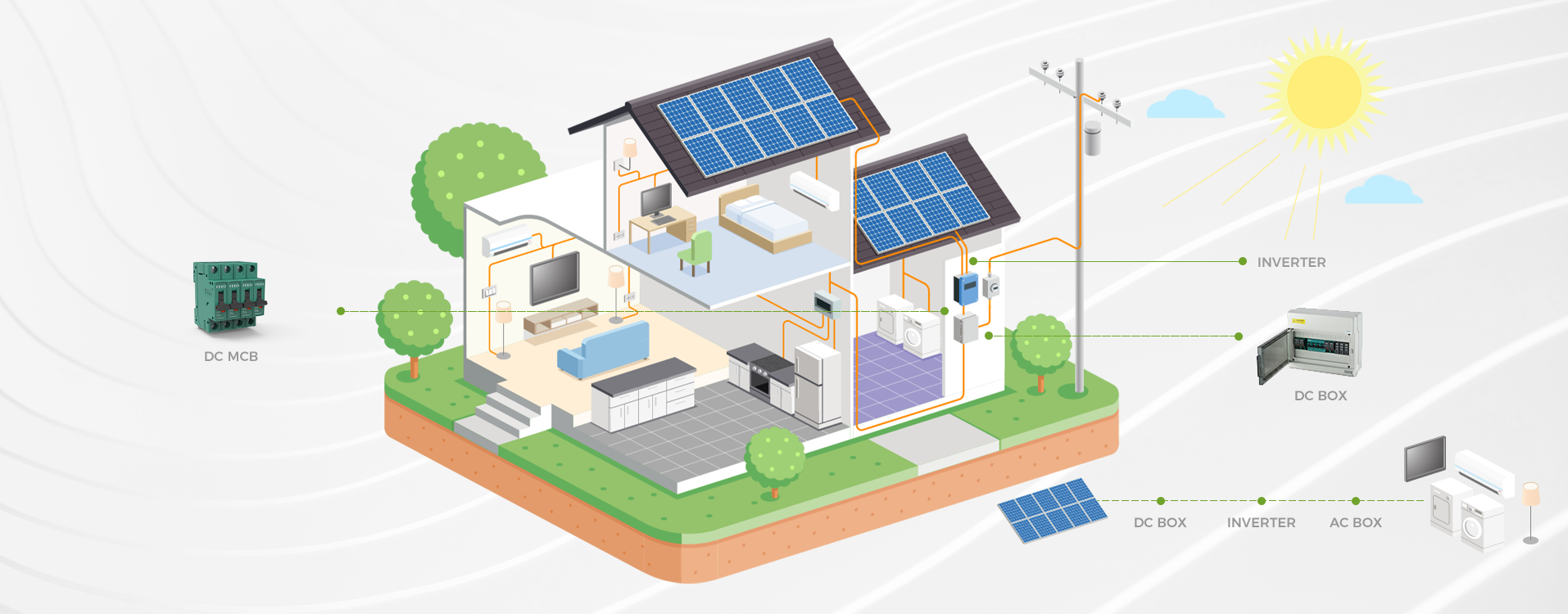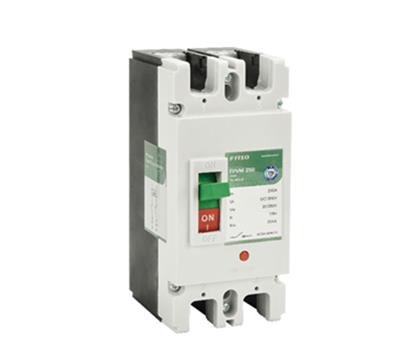Have you ever heard of a short circuit? It might sound intimidating, but with patience and investigation, most people can understand its causes and even fix it. In this article, we will explore the definition of a short circuit, the potential hazards it poses, and methods to troubleshoot and resolve short circuit issues. Let's embark on this mysterious and challenging journey together.

What is a Short Circuit?
A short circuit occurs when electrical current flows along an unintended path instead of following the designed circuit route. It occurs when the current finds a shorter path to return to the ground. This sudden event can lead to sparks, fires, and circuit breakers tripping, posing potential dangers to our lives.

What Causes Short Circuits?
Short circuits can be caused by various factors. Here are some common causes:
-
Damaged outlets or wires: Wires may become damaged due to aging, wear and tear, or animal chewing, resulting in the insulation layer inside the wires breaking. This causes a short circuit by allowing the current to bypass the intended path.
-
Moisture and water: Water is conductive, so when it enters a circuit, it can cause a short circuit. This can happen due to leaky roofs, pipe leaks, or accidental liquid spills.
-
Incorrect circuit connections: During circuit installation or repairs, incorrect connections or loose wiring can lead to short circuits. This may be caused by loose wire connections, incorrect wire terminations, or faulty connections in junction boxes.
-
Overloaded circuits: When the load on a circuit exceeds its capacity, the current becomes excessive, which can result in a short circuit. This can occur when too many appliances are connected simultaneously or when high-power devices are used.
-
Appliance malfunctions: Internal component failures or short circuits within appliances can also cause short circuits in the circuit. This can be due to aging appliances, damaged wires or components, or insulation breakdown inside the appliance.

Sparks, Hazards, and Warning Signs
A short circuit can generate sparks, intense electrical arcs, and high temperatures, which can melt plastic or ignite flammable materials such as wood or fabric. Apart from the risk of fire, short circuits can cause electric shocks, injuries, and even endanger our lives. Some warning signs of a short circuit include sudden device shutdowns, circuit breaker tripping, or fuse blowing, which are all obvious indications of a short circuit occurrence.

Prevention and Remedies
To prevent short circuits, several measures can be taken. Firstly, installing high-quality wires and outlets is crucial to ensure the reliability of the circuit system. Regularly inspecting the condition of circuits and equipment, avoiding overloaded circuits, and refraining from using damaged appliances are also essential preventive measures. Additionally, regular maintenance and prompt repairs of loose connections and damaged wires are crucial steps to prevent short circuits.
However, when a short circuit occurs, how should we respond? First and foremost, prioritize safety and ensure you stay away from the risk of electric shock. Isolate the circuit and determine the scope of the circuit you need to deal with. Switch off the circuit breaker or remove the fuse to make the circuit safe to work on. Then, carefully examine the devices on the circuit, looking for potential signs of a short circuit. If you have sufficient skills and knowledge, you can attempt to fix the short circuit. However, if you're unable to identify the cause of the short circuit or lack the repair skills, it is essential to seek assistance from a professional electrician to ensure the problem is adequately resolved.

Conclusion
A short circuit is a problem that requires our serious attention, but it is not insurmountable. By understanding the causes of short circuits, their hazards, and preventive and remedial measures, we can better protect ourselves and our families' safety. Remember, patience and attentiveness are key to resolving short circuit issues. When we can trace and fix short circuits, we take an important step towards ensuring home safety and reliable circuit usage.
Although short circuits may seem daunting, with scientific methods and the right knowledge, we can overcome this challenge. Stay curious, face problems bravely, and seek professional help. You can become a true detective and problem solver when it comes to short circuit issues.
Let's strive together to keep our homes and communities safe from the threat of short circuits and enjoy secure and reliable power supply.













